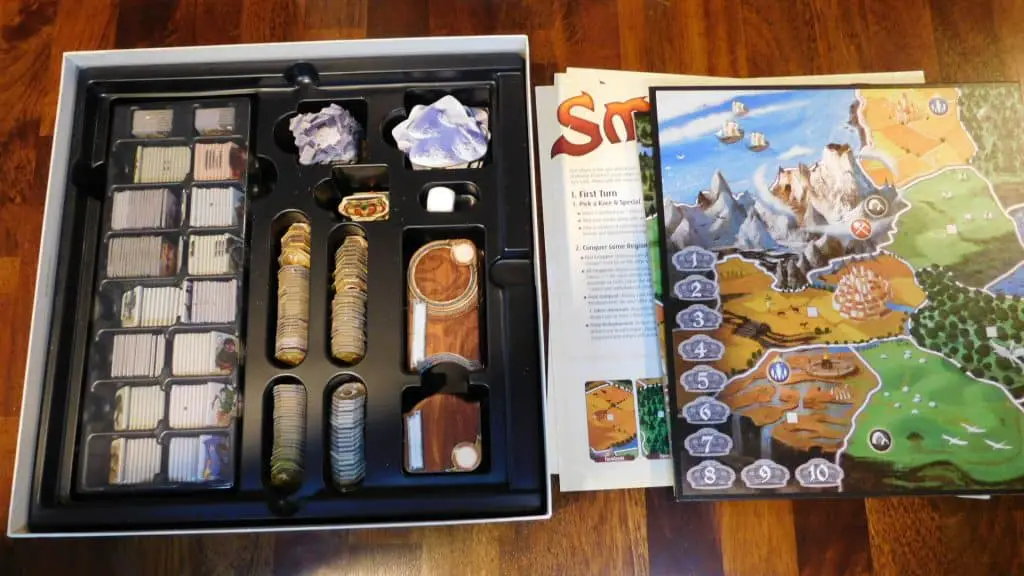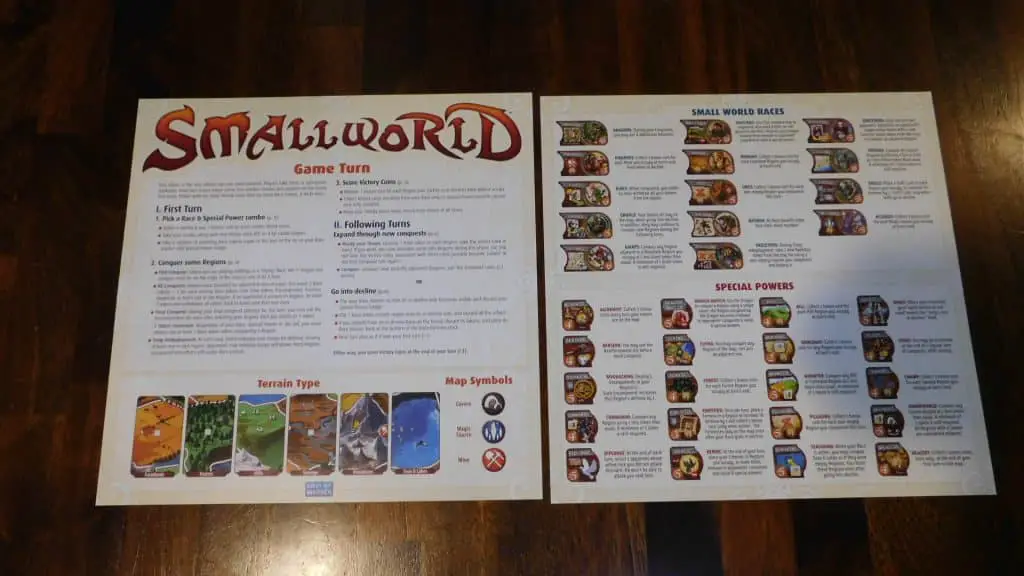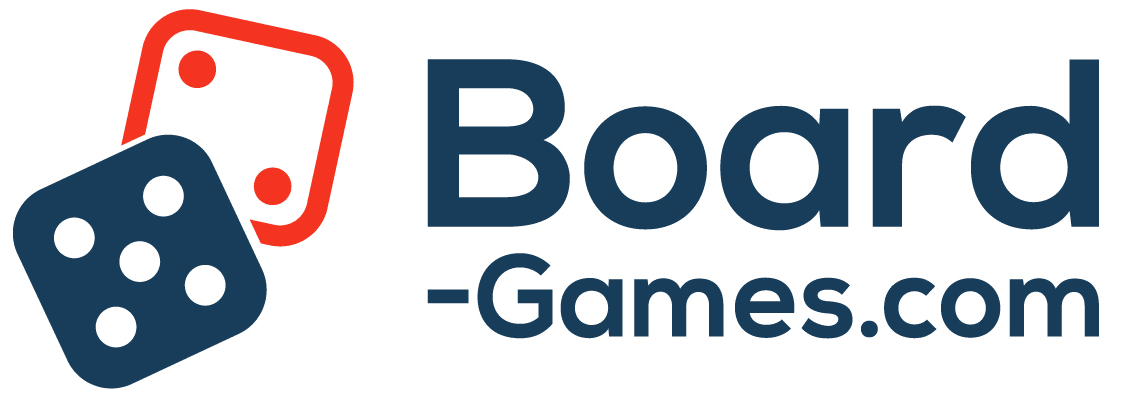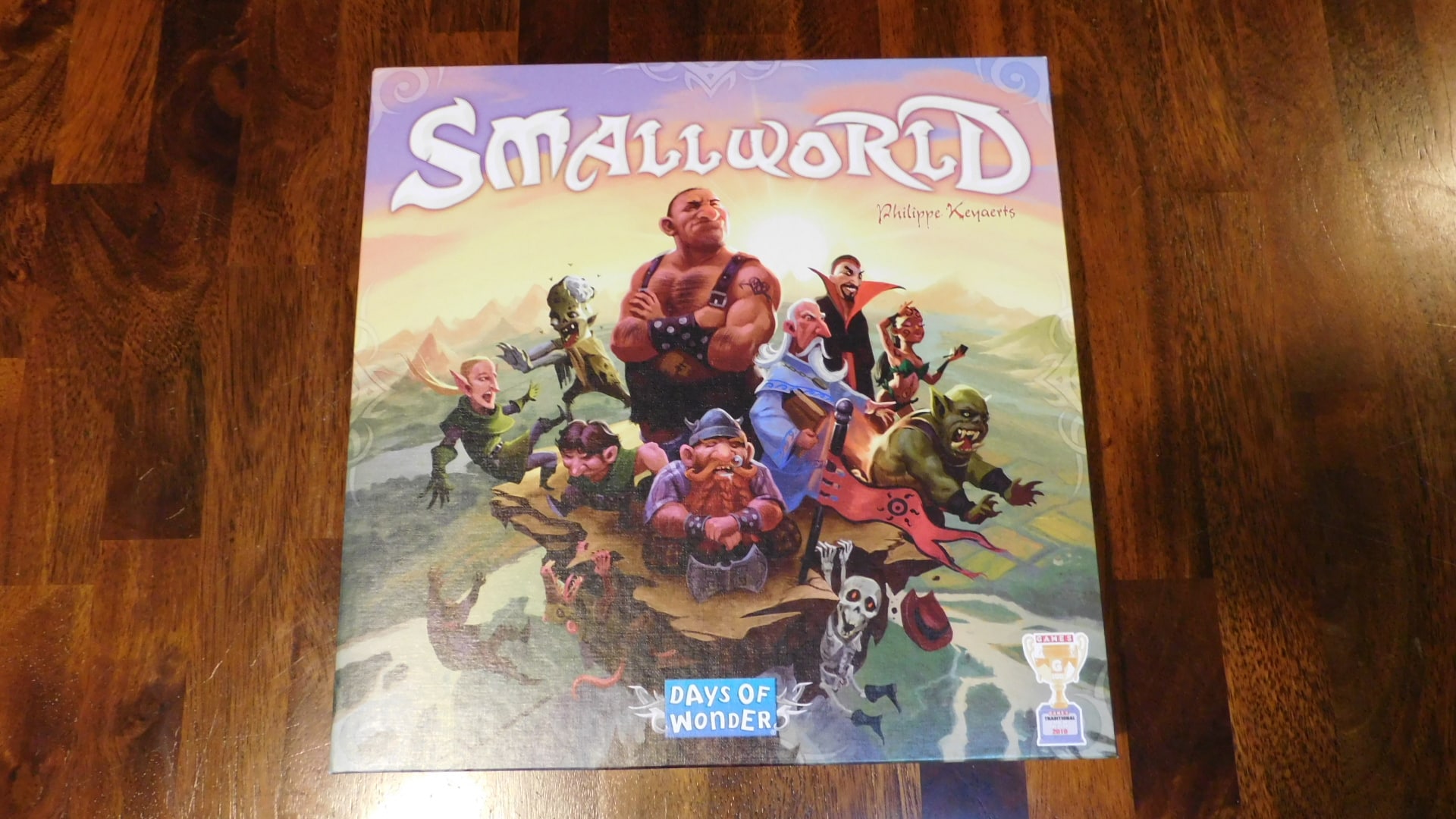Okay, folks, so now I’m doing a Small World review, one of board games’ classic games. Does it still hold up after all these years? We’ll see!
Small World is a fantasy warfare game in which 2-5 players are using race and special power combinations to conquer as much land as possible. They get points based on how much land they have each turn in addition to any abilities their special powers give them. The only problem is there isn’t a lot of land to go around! This is a fun, beautiful game that’s a classic for a reason.
Table of Contents
Some Background About Small World Before The Review
Small World was originally published in 2009 by Days Of Wonder. It was designed by Philippe Keyaerts, and the art was done by Miguel Coimbra and Cyrille Daujean. Since then it has spawned countless expansions, some of which can stand on their own. Interestingly, the game was reworked from an older game by Philippe Keyaerts called Vinci, which was published in 1999.
Small World Overview
Firstly, let’s get to some quick facts about Small World.
Back-Of-The-Box Facts About Small World
Small World plays 2 to 5 players, is rated for ages 8 and up, and plays between 40 and 80 minutes. I dispute that last bit as I played a game that took 2 hours. Again, maybe my game group and I are just slower, but who knows?
What Comes In The Box?

In the box, you’ll get 2 double-sided map boards. Each side is designed for a specific number of players. You also get 6 player reference sheets, 14 fantasy races, 20 special powers, a bunch of special pieces unique to certain races and powers, victory coins, tokens for the races, a die, the instructions, and a game turn marker.
So, in short, you get a lot of stuff in this box.
Theme
The idea of Small World is that there’s quite literally not enough land to go around. So, all these fantasy races are going to war over what land there is: conquering land, fighting each other, and going into decline when necessary. In some ways, it’s a theme you’ve seen before, in other ways it’s pretty unique.
How To Play Small World

Small World takes place over 8 rounds. I imagine that if you wanted to you could add to or take away from the rounds without much problem. I wouldn’t do this until after you’ve played the game at least once or twice.
The First Turn
On the first turn, starting with the first player, each person picks one of the 6 available race and power combinations. The bottom-most race and power combination is free to pick up. If you want a higher one, you have to put a coin on each race and a power combination below it.
Each race and power will have a number on their separate tiles. Combine those 2 numbers and that’s how many of the little square race tokens you pick up. Then you begin conquering.
Conquering
When first conquering, you have to conquer one of the border regions, which are either the regions touching the edge of the board or the water at the edge of the board. Every region you conquer requires you to place down 2 of your race tokens plus 1 more per extra obstacle.
Those obstacles can be mountains, fortresses, special tiles, or other race tokens. There are some race tiles already on the board when the game starts. They’re called lost tribes, so there are a fair number of regions that cost 3 of your race to conquer whether it’s because of the mountains or the lost tribes.
When you conquer a region, you remove any other races that were already there, then you place down the number of races you needed to use to conquer the region. The only exception to this is if you conquer a region occupied by another player’s race. In that case, they permanently lose 1 of those race tokens and the rest are returned to their hand. They can use those tokens later on their turn if they want.
Once you’ve conquered your first region, unless your special power or race allows otherwise, any further regions you conquer must be adjacent to the ones you already have.
At some point, you’re going to run out of races or have so few left that you can’t conquer a region normally. However, you can still try. You choose the region you want to conquer and roll the die. If the die plus your remaining race tokens give you a number high enough to conquer the region, then you conquer it!
Either way, it’s time for redeployment.
Redeployment
At this point in your turn, you can pick up all your race tokens from the board except for 1 per region. Then you can redistribute those race tokens you picked up to any region that race controls.
This is a good time to build up your borders, for example.
The Following Turns

On your following turns, you can do one of two things. Either you pick up all of your race tokens except 1 per region they control or you go into decline.
If you pick up your race tokens you follow the same rules above for conquering except every region you conquer has to be adjacent to a region that race already controls.
If you go into decline, you remove all race tokens from those regions except 1 per region, flip those over, then flip over the race and power combination too. This race will continue to get you coins per turn but most of the time it no longer has any special abilities and you can’t conquer with it anymore. If you go into decline, that’s your whole turn.
On your next turn, you select a new race and power combo from the 6 that are available, again paying coins for the lower ones you don’t want. Then you use the first turn rules to begin conquering with that race.
End-Of-Turn Scoring And Winning The Game
At the end of your turn, you count how many regions you own plus any special powers that give you coins, and you get that many coins at the end of your turn.
At the end of 8 turns, whoever has the most coins wins. If there’s a tie, whoever has the most race tokens on the board wins.
Small World Review
Whew, that was a lot of gameplay explanation! Ready for my Small World review? So am I, so let’s get to it!
Art
The art in Small World has always impressed me. Somehow it manages to convey this sense of a fantastical world but it also really does communicate that land is at a premium here.
It’s cartoony, stylish, vibrant, and colorful, and it has a nice fantasy feel to it.
Components
The components are great. Everything feels of good quality.
Theme
I mentioned earlier that the theme was something you’ve seen before and also something not. Now I get to explain that.
So, this is a fantastical warfare theme, and there are tons of those out there. What makes Small World stand out even after all these years is what’s done with that theme. The fact that there’s not enough land to go around and all these races are competing for it is really interesting.
However, that’s not to say the theme couldn’t be replaced with something else. Unfortunately, it could, and it does feel like you’re just taking control of areas to get points, but that’s also what gives Small World such wide appeal.
The fantasy theme is well done but the gameplay is so universal and easy that it feels like a game with endless possibilities (and Days Of Wonder has capitalized on that although I think they could do even more with it). Speaking of which, let’s get to the gameplay.
Gameplay
One of the coolest aspects of Small World that elevates it beyond just a simple conquer-and-control game is picking when to go into decline. It gives the game this civilization-esque feel and a layer of strategy that wouldn’t be there otherwise.
The fact that the races and powers come out in a random order every time adds a lot to the replayability of the game too. Plus, it’s just fun to see what everyone’s able to do with their races.
And, honestly? Even though the maps are designed to be smaller, you don’t feel squeezed. The regions are definitely at a premium, but there is also still plenty to go around.
That doesn’t mean your regions won’t get conquered by other players, but Small World does have this nice balance of pushing the conflict while giving you options to stay away from it too if you want.
Small World Review: My Rating
As always, I rate games on a scale of Don’t Buy, Wait For A Sale, or Buy. And this is where this review gets tricky because I used to own Small World a long time ago. Then I sold it and I don’t feel a strong desire to play it.
However, I also realize that’s just me. There is a reason this game has endured for so long, and it’s a great gateway game alternative to games like Risk. There’s not a lot of luck in Small World, and there’s a ton of replay value.
On the other hand, Small World is a pretty simple game that never seems to evolve past its initial gameplay. So, I think for people looking for a deeper experience, this is a Wait For A Sale kind of game, but for everyone else, this is a Buy. I do like to pick one or the other so I’m going to go with Buy because I do think most people will and do enjoy this game.
Plus, it has a bunch of expansions that add even more replayability to the game. It even has a World Of Warcraft one!
Where To Buy Small World After Reading The Review
Here’s where you can get a copy of Small World:
Did You Know?
(Each time you refresh the page you will get a new “Did You Know” fact!)
Did you know the original version of Clue was called Cluedo? That version is still published today in many countries around the world. It’s still just as popular if not more so than Clue.
Conclusion: Small World Review
So, there you have it, my Small World review. Even though this game isn’t one of my favorites, I still play it now and then, and I recognize it for the great game that it is.
That said, what do you think of Small World now that you’ve read my review? Ready to buy it? Let us know your thoughts and why in the comments below!
And, as always, keep on gaming, maniacs.

